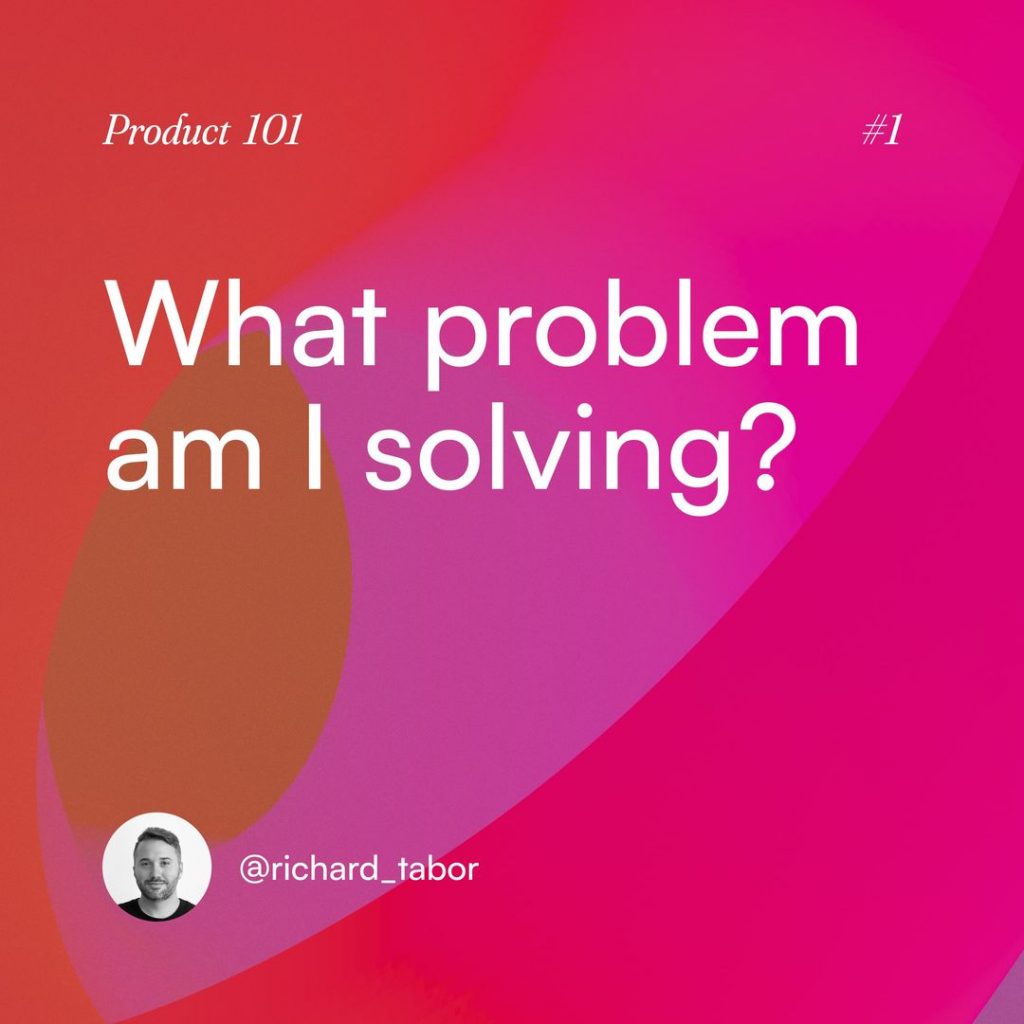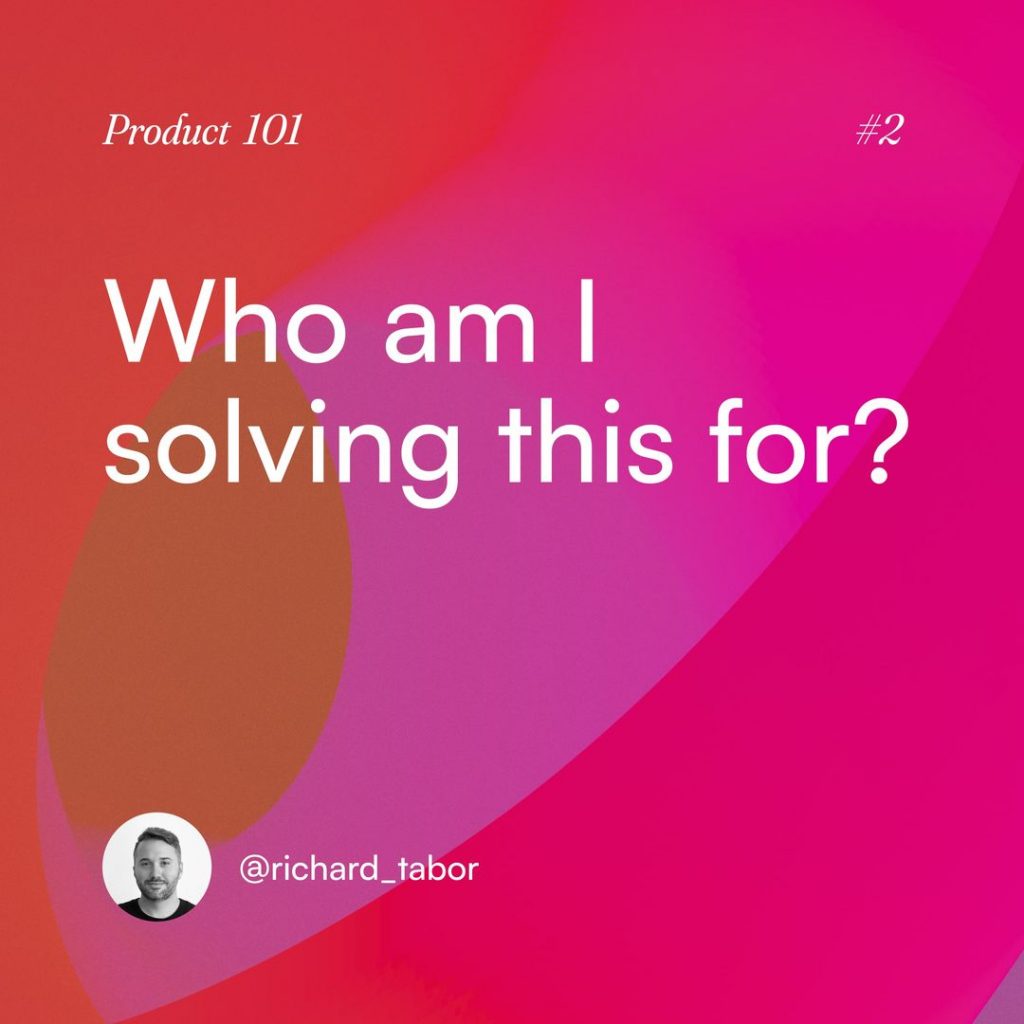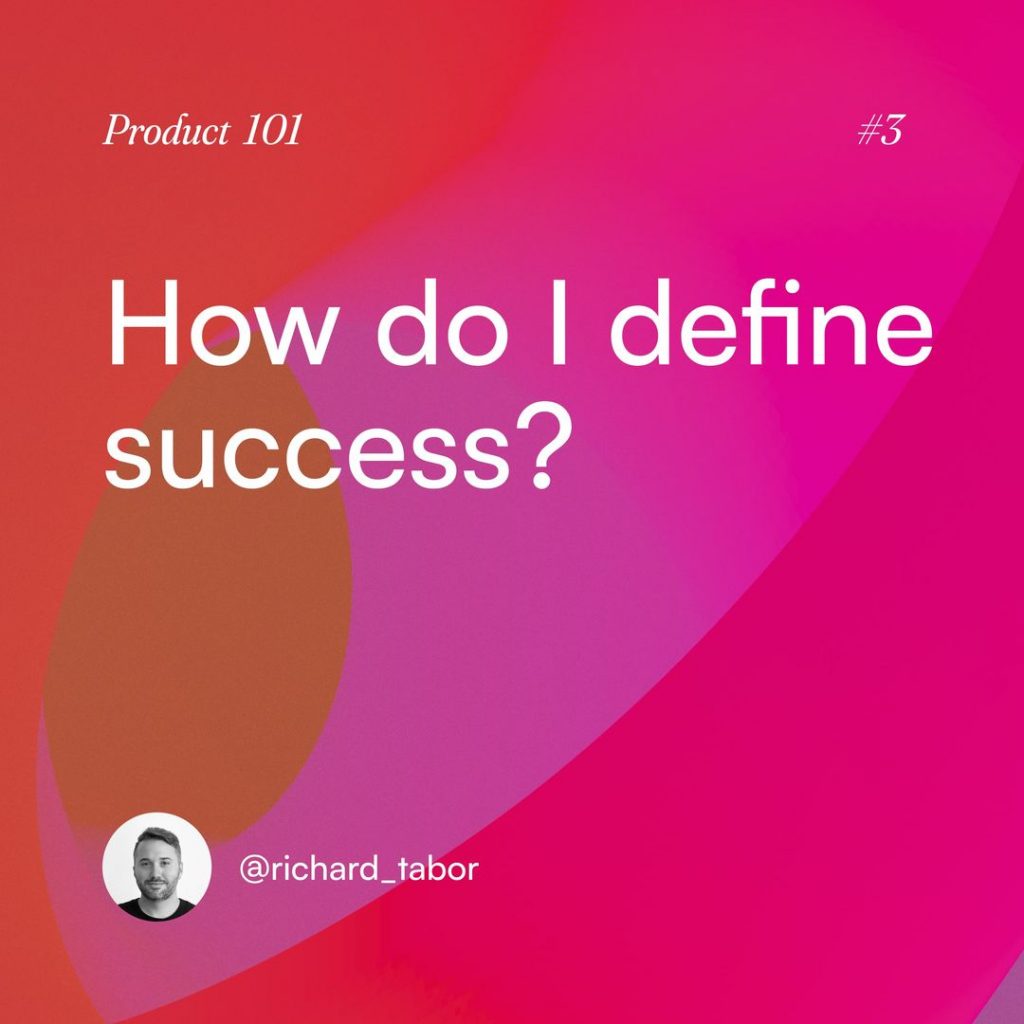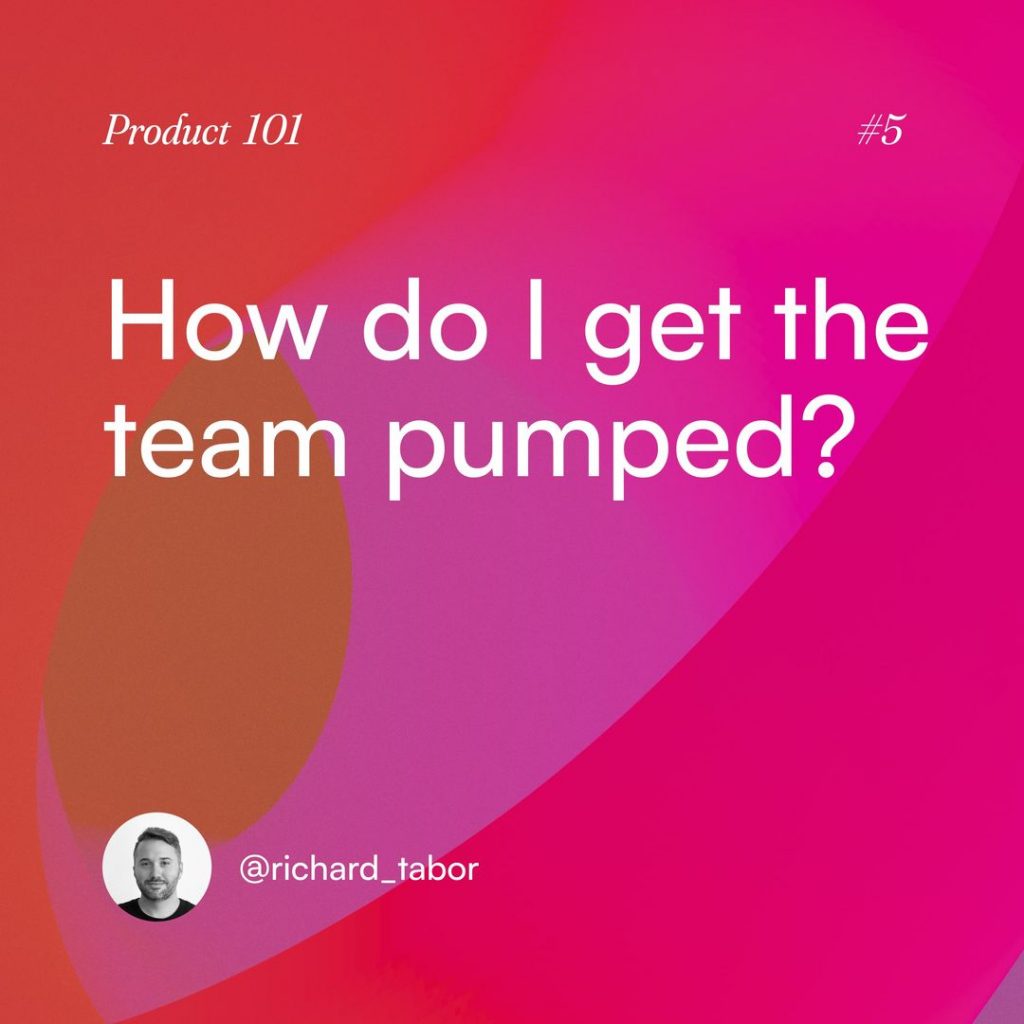Recently, our cross-functional team at StellarWP launched LearnDash Cloud. It’s a big deal for us and I thought some people might be interested in my thinking about LearnDash Cloud as the Director of Brand and Product Marketing at StellarWP. 🙂
My colleague Jack Kitterhing has his own writeup as one of the primary product leads so check it out too.
What is LearnDash Cloud you might ask? It’s a hosted WordPress app with LearnDash and some other pre-installed goodies. But you may be wondering why LearnDash Cloud exists.
I wasn’t around for the initial conversations but after spending the majority of my time with LearnDash over the last few months in preparation for the launch of Cloud, my understanding of the product and its place in the market has become much better informed.
Rich Tabor started a really interesting thread on Twitter talking about the Five Things Product Managers Ask when they take on the task of bringing something to market. I’d like to use his framework to bring you behind the scenes on some of my thinking for LearnDash Cloud (from a marketer’s perspective).

What Problem Am I Solving?
LearnDash empowers course creators to succeed online. Traditionally, this has been through a plugin that is installed in WordPress. However, for a creator to get LearnDash installed in WordPress, there’s a lengthy process and a series of decisions they need to make.
At each decision point, prospective course creators can ‘fall off’ the path to full setup. Just like the product, in marketing, every stage of the customer journey is similarly at risk. Much of what we do in marketing is to ‘plug holes’ in our funnel so that more people move from one stage to the next to completion (aka conversion).
After all that hard work of getting someone to buy the product, the last thing we want is for them to fail during the onboarding and setup process. This is the problem LearnDash Cloud is trying to solve.
If we’re serious about empowering course creators to succeed online then making it easier to get started with course creator software is one way we can align our brand promise with our product experience.

Who Am I Solving This For?
One truth I’ve come to appreciate is that users aren’t necessarily the same as customers. This is more true in WordPress than in other spaces, especially in the world of plugin purchasing. In WordPress, we have a large group of freelancers and agencies who often act as the middle person between end users and products.
For many plugin products, this is totally acceptable and the primary use case that they’re built around. The classic customer journey of a client hiring a professional to solve a problem and that professional buying the product is one that mitigates the friction end users experience.
However that handholding, in my opinion, is why WordPress is viewed as complicated by so many end users. As an ecosystem, we’ve become dependent on professional help so ‘getting started’ is a blind spot for us.
Because of what LearnDash does, our access to end users at scale is different from the typical WordPress product business. Compared, for example, with my experience at Gravity Forms, LearnDash in my opinion is purchased by a larger percentage of end users.
Their buying journey is a little different than others as well. They aren’t starting from WordPress they’re starting from LearnDash. As a customer, their entry into our funnel is looking for a place to create and sell their online courses. That’s important because it’s different from the traditional entry point of looking for an LMS to add to WordPress.
This is the target user for LearnDash Cloud. The lack of familiarity with WordPress and all the things needed in order to run WordPress (hosting, domain, theme, plugins, etc.), means they’re at higher risk of failure and frustration. LearnDash Cloud reduces the friction they face and speeds up their ability to get started with the product.

How Do I Define Success?
There are many ways to define success for a product like LearnDash Cloud. From a marketing perspective, I think we’ll have been successful if our daily Cloud sales don’t cannibalize our plugin sales and overall, sales go up.
If we see our plugin sales remain consistent as a percentage of overall sales, then we’ll have successfully overcome the hurdles that stop a prospective customer in our defined segment from purchasing.
If our plugin sales as a number remain the same but Cloud as a percentage of overall sales increases, then likely we’ve unlocked the missing pieces required for that platform-oriented segment to finally get started with LearnDash compared to our SaaS competitors. This will have an impact on marketing throughout the funnel.
If our plugin sales decline and Cloud sales don’t make up the difference in a meaningful way, then I think we’ll have missed and will need to look for some lessons to learn.

What Does The MVP Look Like?
On day one, our MVP is a hosted WordPress instance with LearnDash and some other helpful things pre-installed (Like KadenceWP). It’s not all the things (we’re still missing domain names and EU data centres) but it’s the most reasonable collection of tools and features to enable a user to get into the product quickly (and for us to test the product strategy with real customers).
If we think about the typical journey of a course creator on WordPress, it’s hours of research to figure out a course creation platform, a domain name, hosting, WordPress setup, theme setup, plugin setup, LearnDash setup, etc.
Our MVP needs to be the leanest way to minimize the time between the purchase decision and access to the product. If we’re successful at validating our hypothesis that this pain point is worth solving, we can iterate on features, UX, performance, and beyond.

How Do I Get The Team Pumped?
Here comes the hoorah speech. 😀
WordPress is an incredibly powerful tool if you can overcome the getting started mountain. It is adaptable and scalable and gives you ownership over your content in ways you just cannot get with other platforms.
As a WordPress community, we are passionate about the potential of WP. Yet, for many people, it is still too hard. We can unlock the power of WordPress for new generations of users by making it easier and easier to get started.
LearnDash Cloud is just one pathway but the more we work together to minimize the friction of getting started with WordPress, the more successful our user communities will be, the more diverse WordPress will be and the more great things we’ll see accomplished with and through WordPress.
A special thank you to Rich Tabor for giving me permission to use his graphics and for the prompts that helped me write this article.
An extra special thanks and congratulations to everyone involved in bringing LearnDash Cloud to life. It’s been a labour of love for many of us for a long time and it’s nice to have it out in the wild.
I’ve written a little bit more about the launch exclusively for my newsletter subscribers. I’d love to have you along for the journey too. Subscribe here!




Leave a Reply